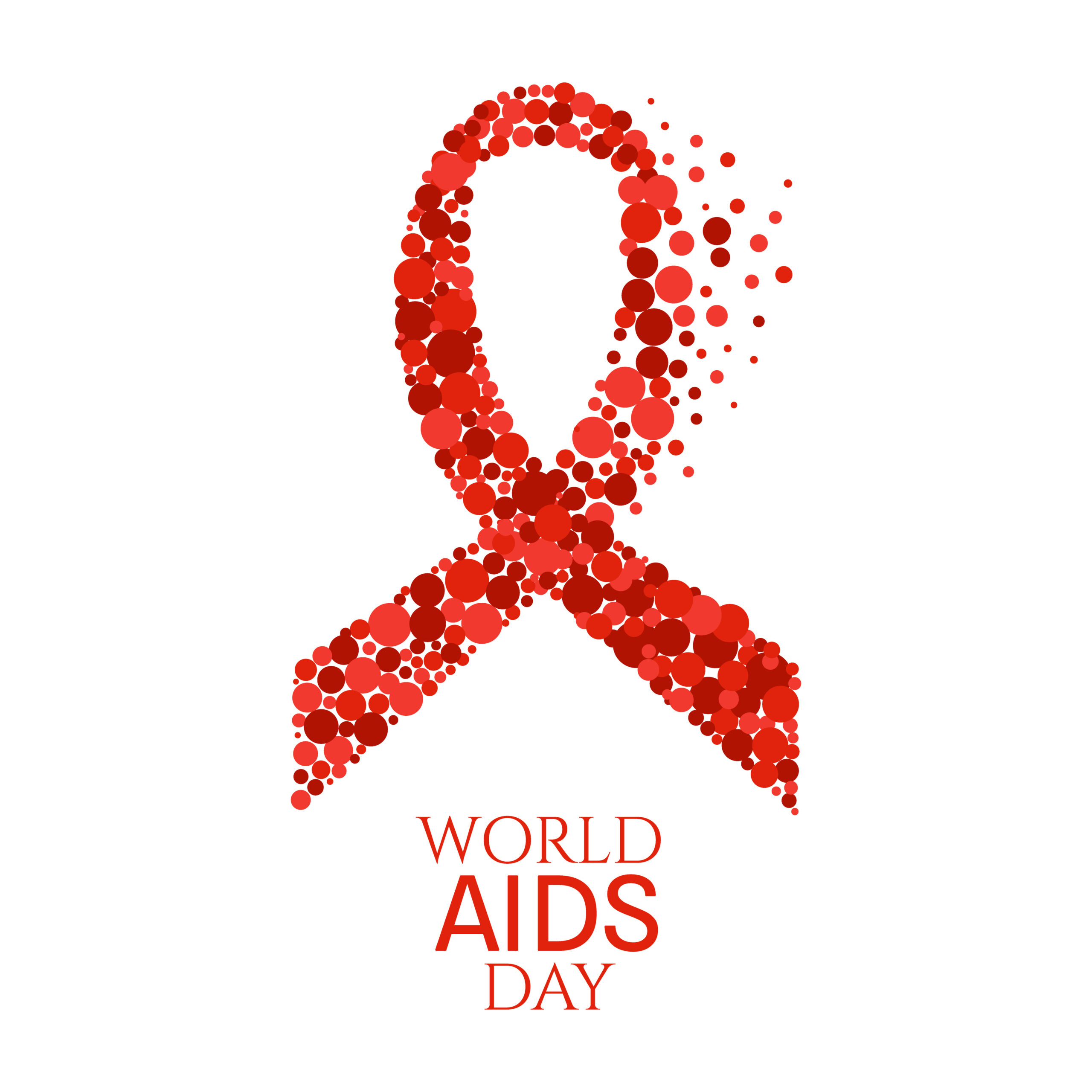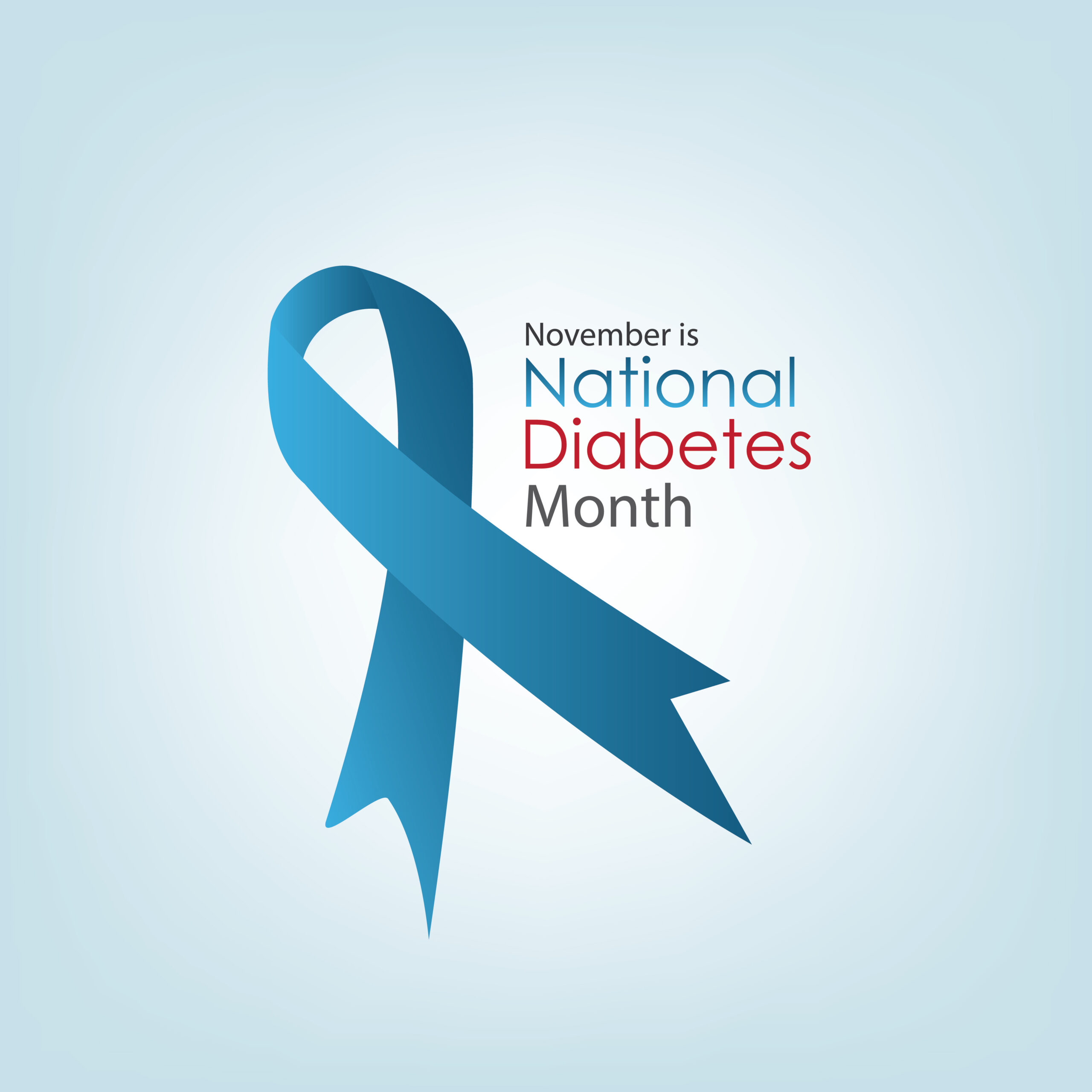
August 1: World Lung Cancer Day
Lung cancer is the leading cause of cancer deaths in the United States today. It is estimated that an alarming 4 out of 5 of diagnosed patients will ultimately die from the disease, and a new patient is diagnosed every 2 ½ minutes.
While August 1 is World Lung Cancer Day, this debilitating cancer impacts lives every day of the year. As healthcare practitioners, we have the ability 一 and the responsibility 一 to raise awareness and encourage prevention.
Early Detection Is Key
Practitioners and patients alike can benefit from being proactive versus reactive. Building your knowledge base and identifying risks early on can potentially save lives.
Lung cancer risk factors include:
- Smoking
- Exposure to secondhand smoke
- Exposure to radon gas
- Exposure to air pollution
Patients are considered at high risk of lung cancer if they:
- They are 50-80 years old
- They smoke 1 pack per day for 30 years, or equivalent (2 packs per day for 15 years, for example)
- They are a current smoker, or have quit within the past 15 years
Patients can receive a low-dose CT scan to screen for lung cancer, and the simple act of prevention can make a significant impact on survival rates.
“If the estimated 8 million Americans at high risk for lung cancer were to be screened, about 25,000 lives could be saved,” said the American Lung Association.
Lung Cancer Among the LGBTQ+ Community
LGBTQ+ patients may face unique, heightened health risks and disparities compared with their heterosexual counterparts.
For example, LGBT HealthLink cites that 32.8% of LGBT adults smoke, which is 68% more than the average of other adults. Studies suggest that LGBT patients are also 50% less likely to use a quitline to help with quitting smoking, and 28% of transgender folx chose against seeking healthcare due to their fear of discrimination.
The risk factors are a major concern, but not the only challenge faced by LGBTQ+ patients. “Cancer prevention is hindered because despite having higher risk factors for cancer, LGBT people are less likely to access care and utilize preventive services,” according to LGBT HealthLink.
LungCancer.org cites additional disparities for the LGBTQ+ population, including negative experiences, outright denial of care, and lower rates of health care coverage or insurance.
How Can You Help?
“With less routine care and cancer screening, this population is at higher risk for lung cancer or diagnosis at a later stage,” according to The International Association for the Study of Lung Cancer.
Recognizing this elevated risk is a solid first step. Other deliberate actions that may promote prevention and access to care include:
- Fostering a welcoming environment for LGBTQ+ patients and their families
- Educating patients on risks and preventative care
- Showing respect, and checking in; “Are you getting the support you need?” is a great question to ask throughout treatment and/or survivorship.
- Researching and sharing LGBTQ+ support groups and therapy options
You, too, can make a positive, lasting impact. For more educational resources and training for individuals and health care organizations, please visit https://equalityhealthcareconsulting.com/.
Sources
American Lung Association. (2020, November 17). Lung Cancer Key Findings. Retrieved from https://www.lung.org/research/state-of-lung-cancer/key-findings
American Lung Association. (2020, June 26). World Lung Cancer Day. Retrieved from https://www.lung.org/lung-force/about-lung-force/featured-campaigns/world-lung-cancer-day
Davis, L. (2021, January 26). Addressing Lung Cancer Screening Disparities in the LGBT Community. Retrieved from https://www.iaslc.org/iaslc-news/ilcn/addressing-lung-cancer-screening-disparities-lgbt-community
LGBT HealthLink. (n.d.). Cancer in LGBT Communities. Retrieved from https://www.lgbthealthlink.org/Assets/U/Documents/FactSheets/cancer-lgbt-communities.pdf
LungCancer.org. (n.d.). Coping With Cancer as an LGBTQ+ Person. Retrieved from https://www.lungcancer.org/find_information/publications/209-coping_with_cancer_as_an_lgbtq_person



